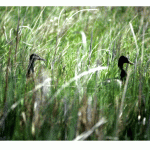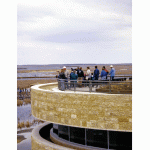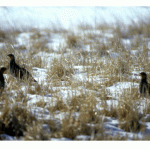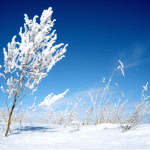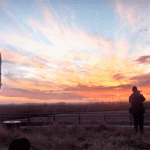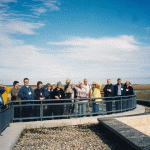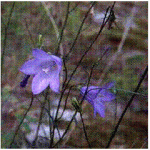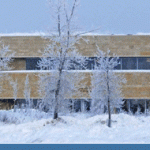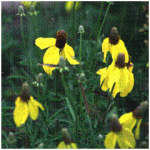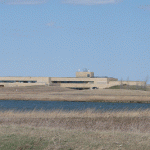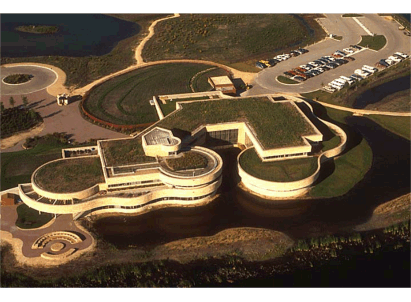
Additional Resources
Visit the Ducks Unlimited Canada website here, and their Oak Hammock Marsh Interpretive Centre website here.
The Ducks Unlimited Canada National Headquarters and Oak Hammock Marsh Interpretive Centre was designed and built on a Heritage Marsh site just north of Winnipeg, Manitoba. Oak Hammock Marsh is one of the major waterfowl staging sites in North America and is a designated RAMSAR site ? a wetland of international importance for wildlife and people. It is a unique blend of interpretive centre, science centre, classroom, offices, wildlife area, and experimental area for prairie grasses and plants. The Oak Hammock Marsh Interpretive Centre is a joint project of Ducks Unlimited Canada and the Province of Manitoba. The year-round attraction, located north of Winnipeg, features a restored prairie marsh, aspen-oak bluff, waterfowl lure crops, artesian springs, 30 kilometres of trails and some of Manitoba’s last remaining patches of tall-grass prairie – an endangered habitat. The Centre offers interactive exhibits, and creative and informative daily programs and activities.Number Ten Architectural Group (of Winnipeg) designed the Oak Hammock Marsh Interpretive Centre, and was the only Canadian firm to win one of the first-ever international Green Roof Awards of Excellence in 2003. Number Ten worked closely with native plant specialists within Ducks Unlimited Canada to create one of the best and most extensive green roofs on the continent. The planted area of the roof is 28,190 sq.ft. In addition there is a rooftop observation area of 3,300 sq.ft. and deck areas of 1,975 sq.ft. The Oak Hammock Marsh building was designed to blend in with the natural environment with minimal impact by incorporating natural indigenous materials, landscape berms, horizontal massing, and a ?green roof? planted with prairie grasses. The green roof also aids in energy conservation by helping to lower heating and cooling costs, while helping to reduce storm runoff.
Covered in prairie grasses and wildflowers, the Centre’s appealing, useable “prairie-on-the-roof” attracts a large number of visitors and wildlife each year. The space can be used for special events, picnics, barbecues, and is a wonderful spot for delivering interpretive programming, particularly during migration season. Each year, birds such as ducks and killdeers use the roof for nesting and feeding. Once the eggs hatch, the hen encourages the ducklings to jump down from the roof. She then leads them into the marsh. Butterflies, bees and other insects also use the flower nectar for food.Plant List: The planting on the roof includes: Blue Grama; Crocus; Three-flowered Avens; Little Bluestem; Long-headed Coneflower; Alumroot; Narrow-leaved Sunflower; Purple Prairie Clover; Early Blue Violet; Heart ?leaved Alexander; Purple Prairie Violet; Black-eyed Susan; Western Wheatgrass; White upland Aster; Wild Bergamot; Western Silvery Aster; Pink-flowered Onion; Meadow Blazingstar; Harebell; Northern bedstraw. A mixture of prairie grass was also planted by Ducks Unlimited Canada, through its subsidiary, Native Plant Solutions.The Oak Hammock Marsh Interpretive Centre is open year-round (except for December 24, 25, 31 and January 1), and depending on the time of your visit, the roof offers a perfect view to a wonderfully diverse wetland habitat. Visitors can see ground squirrels, owls, muskrats, coyotes, eagles, a wide variety of waterfowl and songbirds, and more. During fall migration, visitors can witness a beautiful sunset and watch as up to 300,000 waterfowl descend on the Marsh for the evening.
 Greenroofs.comConnecting the Planet + Living Architecture
Greenroofs.comConnecting the Planet + Living Architecture
